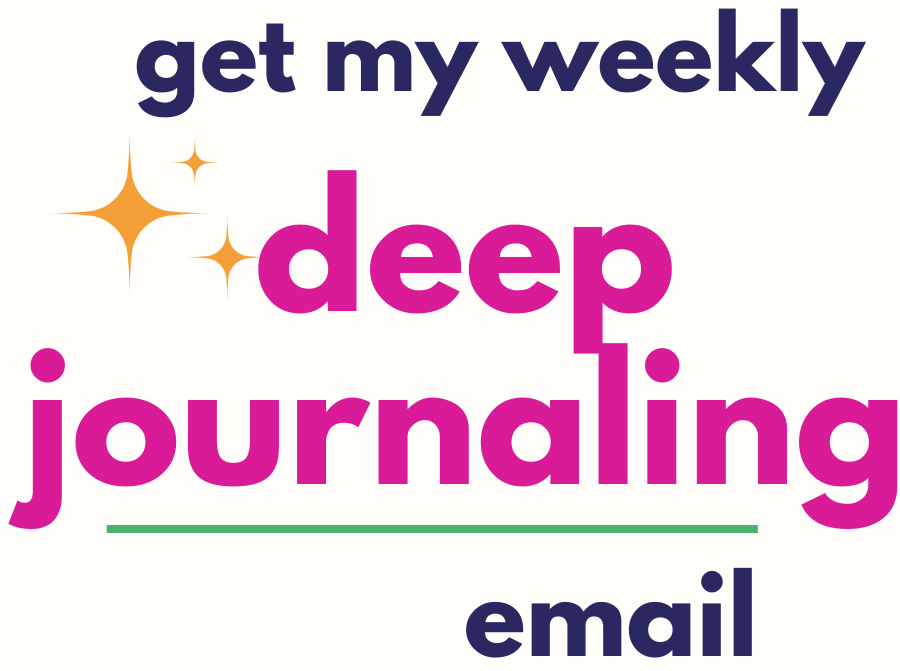This is post #2 in the series 7 Easy Steps to be a Better Quitter. This series provides journal prompts and writing topics to enable big changes. I used this process to quit smoking, change jobs, start running, and eliminate debt. It works!
When I was quitting smoking a few years ago, I tapped into every resource available to me. I read dozens of books, attended cognitive behavioral therapy groups, and learned Neuro-linguistic Programming.
One of the tools I found most practical and useful was an exercise I called “What’s at Stake.” I used it religiously, and I still find it helpful for all sorts of behavioral changes these days. The stories we tell ourselves are important, and this little exercise walks you through rewriting them.
1. Make Your Lists: Costs and Benefits
Take out your journal. We’re going to do a little cost/benefit analysis. Make two lists, side by side: cost of continuing and the benefit of quitting.
Here’s an example list from quitting smoking:
Benefits of Quitting
start walking to work again
sleep more deeply
fresh-smelling clothing and hair
have more energy
catch fewer colds
more money to spend on restaurants
consistent patience and attention
no panic when I can’t smoke (concerts, etc.)
no standing out in the cold and rain to get a fix
food tastes betterCost of Continuing
lack of energy
poor sleep
yellow teeth
risk of lung cancer
constant interruptions to smoke
social disapproval
feeling trapped when I can’t smoke
$8.50 per pack (ouch!)
Get very specific and super juicy with your list. Make it resonate with your true desires. If you don’t care about money, that $8.50 “cost of continuing” won’t motivate you. Pick something that does.
Now that we have a list, let’s work it into this formula and write several scripts in your journal that you can use when you’re having an urge to engage in the behavior.
2. Admit You Want It
You admit you’re having the desire – it’s not helpful to pretend you don’t want what you want. In the case of addictive substances, remind yourself that the urge is biologically-based – a craving. Other behaviors are conditioned responses and you can remind yourself that, too.
“I’m having a biological urge to smoke because I’m addicted to nicotine.”
3. Remember It’s a Choice
Then emphasize that this whole thing is based on your power to choose. Choice rules the day! Having control over a situation totally alters our experience of that situation. Remind yourself it’s a choice.
“I can smoke if I want to. “
4. Outline What’s at Stake
Pick three items from your “costs” list and three from your “benefits” list. Write out a script that outlines what’s at stake.
“I can smoke if I want to. I can choose shoddy breathing, yellow teeth, and lack of energy. Or I can resist this temporary biological urge and choose daily runs, fresh breath and boundless energy.”
I had about 30 items on each list, so there were many different scripts I used. I wrote out my favorites in my journal – the juiciest ones. And whenever I had an urge to smoke, instead of pushing it away, I would open to that page and read one of them out loud to myself.
This tool worked above all else. And you can use it to change any behavior you want.
Say you’ve gotten into the habit of staying up late watching TV. You’ve decided you’d like to start going to bed on time so you can get enough sleep and have an easier time waking up in the morning.
So you make your of lists of “Costs to Continuing” and “Benefits of Quitting.” Then write out your script.
“I’m having an urge to stay up and watch re-runs of CSI even though it’s late.”
“I can stay up and watch television if I want. I can choose grogginess, lack of concentration, and low energy tomorrow. Or I can resist this temporary, conditioned desire and have restful sleep, strong energy, and increased patience with the kids tomorrow.”
It may feel formulaic and forced at first. Let it. Your resistance to using tools that work is just your lizard brain (as Seth Godin calls it) trying to maintain the status quo. Your lizard brain is crafty in dreaming up ways to keep you comfortable. But we already know that comfort isn’t found on the path to growth.
Try this journaling tool on any behavior you’d like to change. You might find it helpful to practice on a habit with lower stakes. For example, I can try it out on wearing jeans to work – a habit I should probably stop but one I’m not totally obsessed with. Once I’ve got the process down, I can move on to, say, Ben & Jerry’s New York Super Fudge Chunk – an urge both biological and urgent.
In the next post, we’ll talk about “Identifying the Payoff” of your behavior so we can work on finding a substitute.
You’ve got this!
Be a Better Quitter in 7 Easy Steps
Visit the Be a Better Quitter in 7 Easy Steps series page for a list of all posts with summaries.
#1 What One Change Do You Need to Make?
#2 Do You Realize What’s at Stake?
#3 You Do It Because it Works
#4 How to Write Plan B
#5 Where’d You Hide the Chocolate?!
#6 Who’s on Your Board of Directors?
#7 Celebrate Your Success




